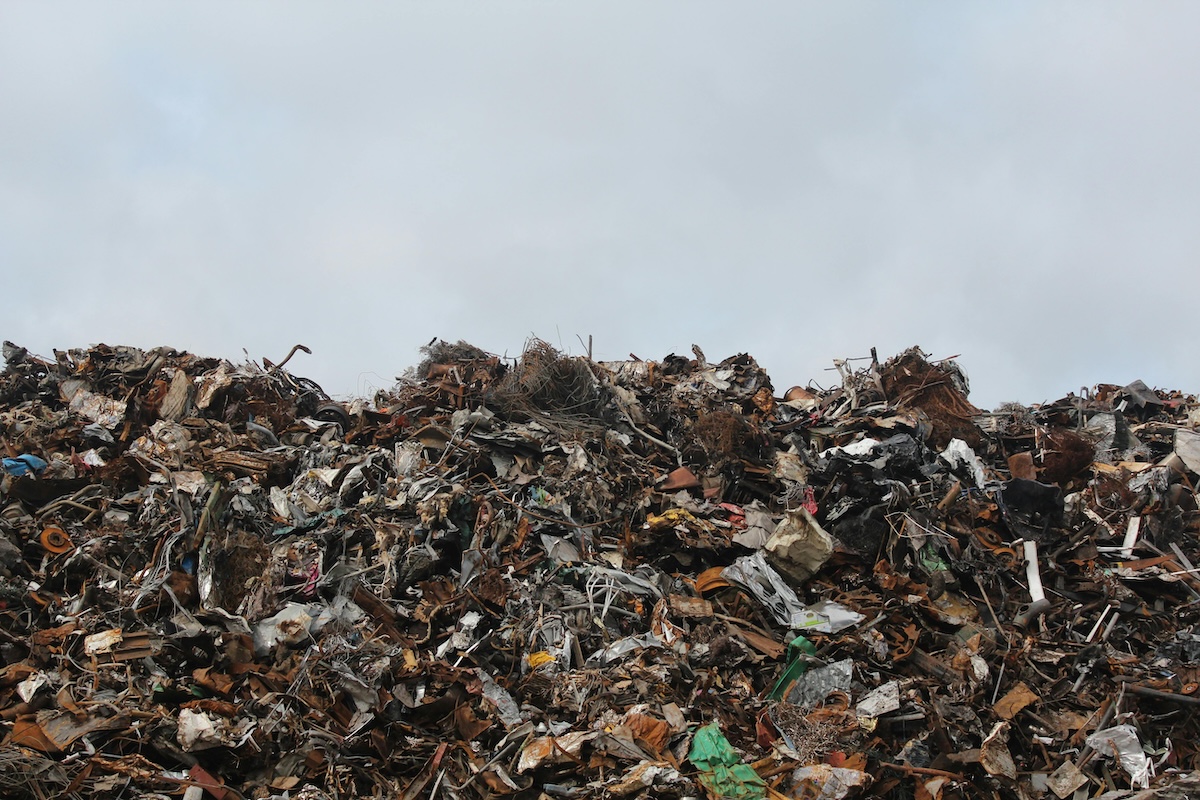Solar energy is a rapidly growing renewable energy source, but finding suitable locations for solar farms can be a challenge. In many cases, siting solar farms in neighborhoods can be met with opposition from residents. However, a new solution is emerging that could turn a potential eyesore into a valuable community asset: building community solar farms on landfills.
Landfills offer several advantages for solar development. They are often closed and capped, meaning they are no longer accepting waste and have a stable surface suitable for solar panels. Additionally, landfills are typically located on the outskirts of towns and cities, where they receive ample sunlight. Many landfills also have existing electrical infrastructure nearby, which can be used to connect the solar farm to the grid.
There are, however, some engineering challenges to consider when building solar farms on landfills. The landfill cap needs to be carefully engineered to support the weight of the solar panels and ensure that the panels do not disturb the landfill liner. Additionally, methane gas is a byproduct of decomposing waste in landfills, and special precautions need to be taken to ensure that the solar farm does not create a hazard.
Despite these challenges, the Inflation Reduction Act (IRA) has created a new opportunities for solar development—on landfills and in other non-traditional spaces. The IRA includes tax credits for solar projects on brownfields, which is a term that encompasses landfills. These tax credits could significantly reduce the cost of developing solar farms on landfills, making them a more attractive option for developers.
Building community solar farms on landfills presents a potential a win-win proposition, especially in states like Indiana. It allows communities to generate clean, renewable energy while making use of land that would otherwise be unusable. The tax credits included in the IRA could help to accelerate this trend and make community solar on landfills a more common sight across the country.

